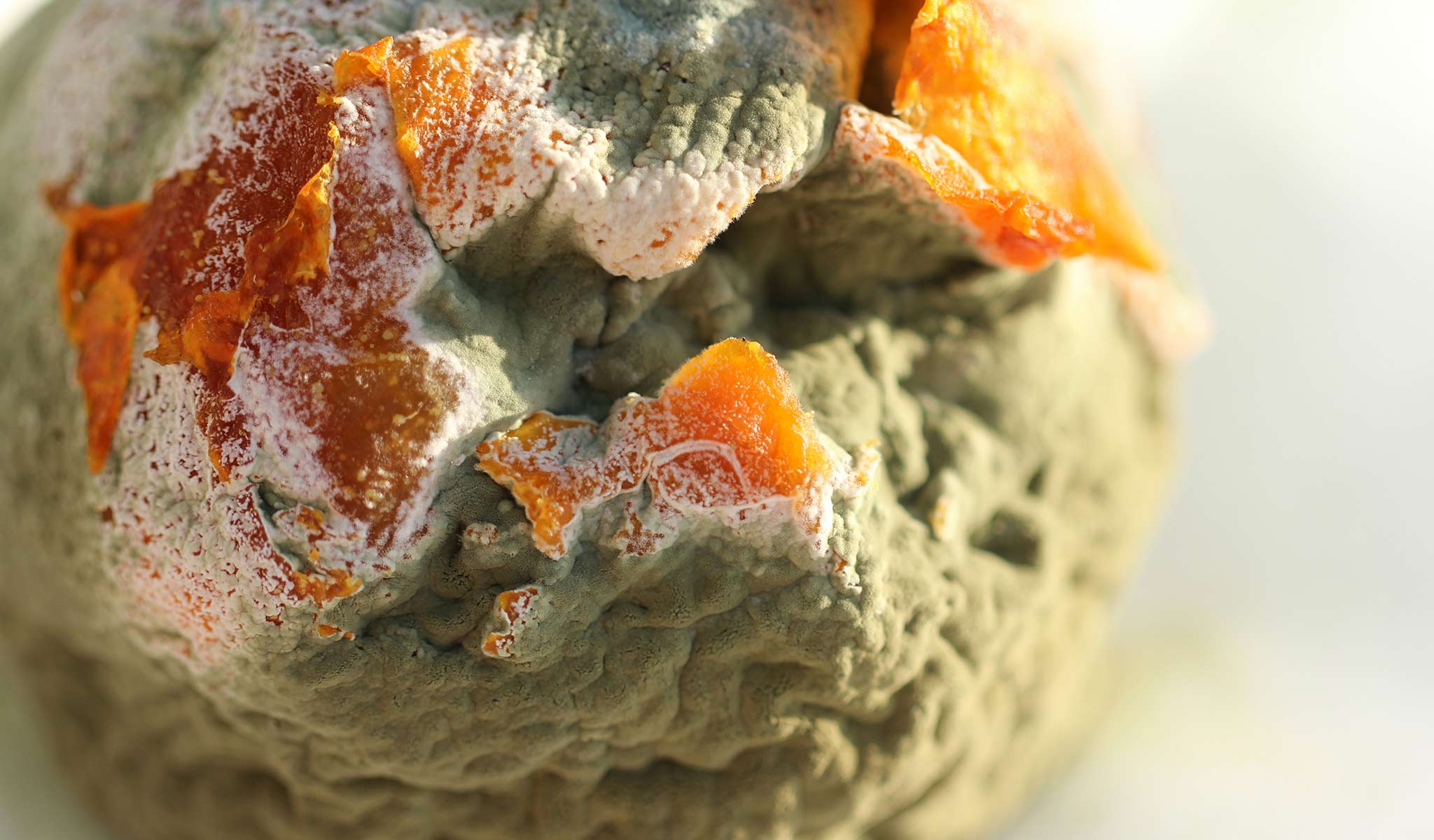Biodegradable items can decompose in as little as a week to several years, depending on the material. Environmental factors greatly influence the breakdown time.
Understanding the decomposition time of biodegradable materials is essential for both environmental and waste management concerns. Consumers increasingly prefer products with minimal environmental impact, raising awareness around biodegradable items. These materials, designed to return to nature quickly without harming the environment, range from organic waste like food scraps, which can decompose in weeks, to biodegradable plastics that might take several months to a few years.
The rate at which these items break down varies based on their composition, thickness, and exposure to elements like moisture, temperature, and microbial activity. Incorporating this knowledge into everyday choices can significantly reduce our ecological footprint, making conscious disposal and purchasing decisions pivotal for sustainability.
The Concept Of Biodegradation
The concept of biodegradation affects how we view our impact on the environment. Understanding biodegradation helps us gauge our ecological footprint. Let’s explore this fascinating process.
Defining Biodegradability
Biodegradability is a material’s ability to break down naturally. Microorganisms, like bacteria and fungi, return these materials to nature. They transform waste into water, carbon dioxide, and biomass.
Biological Processes Behind Degradation
Biodegradation involves complex biological processes. It consists of three main stages:
- Biodeterioration: The material’s properties change due to biological activity.
- Fragmentation: The material breaks into smaller pieces.
- Assimilation: Microorganisms consume the small pieces.
These stages depend on several factors like temperature, oxygen levels, and material composition.
Factors Influencing Decomposition Rates
Understanding how quickly biodegradable items return to the earth is key. But the time it takes can vary widely. Different factors affect the speed of decomposition. Let’s explore these factors in detail.
Material Composition
The type of material has a huge impact on decomposition. Some items break down fast, while others take more time. For example:
- Fruit peels decompose in weeks.
- Paper takes about a month.
- Wooden products can take years.
Environmental Conditions
Environment plays a part too. Warmth, moisture, and sunlight speed up the process. Colder or dryer conditions slow it down. Here’s a simple table to illustrate this:
| Condition | Effect on Decomposition |
|---|---|
| Warmth | Speeds up |
| Moisture | Speeds up |
| Sunlight | Speeds up |
| Cold | Slows down |
| Dryness | Slows down |
Microbial Activity
Microorganisms are nature’s recyclers. They eat and break down biodegradable items. The more there are, the faster decomposition happens. Soil rich in microorganisms leads to quicker breakdown than sterile settings.
Common Biodegradable Materials
When we talk about biodegradability, certain materials come to mind. These items blend back into nature over time. They turn into organic substances with the help of microorganisms. Let’s dive into the world of common biodegradable materials and see how swiftly they can return to the earth.
Paper Products
Paper products are among the fastest to decompose. These include newspapers, cardboard, and other paper goods. With proper conditions, newspapers can break down in weeks. Cardboard may take longer but generally decomposes within two months.
Food Waste
- Vegetables: break down in 5 days to 1 month
- Fruits: decompose in 1 week to 2 months
- Coffee grounds: turn to compost in about 3 months
Food scraps serve as rich nutrients for soil once decomposed. The time taken depends on the type of food and composting conditions.
Agricultural Byproducts
Farm waste like corn stalks and cotton scraps are commonly composted. These may take up to 6 months to fully decompose. This depends on climate and the size of the material.
| Material | Decomposition Time |
|---|---|
| Paper Bags | 1 month |
| Banana Peels | 2-10 days |
| Leather | Up to 50 years |

Credit: www.brownrecycling.co.uk
Timeline Of Degradation
The Timeline of Degradation for biodegradable items is a key factor in environmental conservation. Understanding how long it takes for different products to break down can influence our purchasing choices and waste management practices. The breakdown process varies greatly depending on material composition and environmental conditions.
Breakdown Periods For Various Materials
Biodegradable items decompose at different rates:
- Paper Products: 2-6 weeks
- Fruit Scraps: 1-6 months
- Cotton: 1-5 months
- Wood: 1-3 years
- Wool: 1-5 years
- Milk Cartons: 5 years
- Tin Cans: 50 years
- Aluminum Cans: 80-200 years
- Plastic Bags: 10-1,000 years
- Glass: Not biodegradable
Comparing Biodegradable And Compostable Items
| Item | Biodegradable | Compostable |
|---|---|---|
| Food Scraps | Yes | Yes |
| Cardboard | Yes | Yes |
| Plastic Bags (Bio-based) | Yes | Some |
| Leaves | Yes | Yes |
| Synthetic Fabrics | Gradually | No |
All biodegradable materials are not compostable. Compostable items break down to non-toxic, fertile soil. A certified compostable product must meet specific standards to ensure it breaks down in a compost environment.
Enhancing Biodegradation
Enhancing biodegradation means finding ways to make items break down faster. Think of it like giving nature a helping hand. Some items take a long time to break down. People have created smart methods to speed this up. This is important for keeping our planet cleaner.
Industrial Composting Methods
Industrial composting is a way to make things rot quicker. It’s like a giant version of your garden’s compost pile. Here are some ways it works:
- Heat: Big facilities use heat to make the composting process go faster.
- Microbes: They add special tiny bugs that eat the material and help it break down.
- Oxygen: Blowing air into the compost helps the bugs do their job better.
Innovations In Biodegradable Technology
Scientists are coming up with cool new stuff to help things rot away faster. Here’s what they’ve made:
| Innovation | Description | Benefits |
|---|---|---|
| Eco-friendly Packaging | Packaging made to break down easily. | Less trash in landfills. |
| Water-Soluble Bags | Bags that dissolve in water. | No plastic bits left behind. |
| Compostable Plastics | Plastics that plants can eat. | Turn into dirt, not trash. |
Each of these ideas helps our planet. Trash doesn’t stay trash for long with these smart solutions. Nature thanks us for that!

Credit: www.rts.com
Environmental Impact And Sustainability
Environmental Impact and Sustainability are critical aspects when considering the decomposition of biodegradable items. The time it takes for these items to break down can significantly influence our planet’s health. Let’s explore how biodegradable materials offer a more sustainable path forward and the hurdles faced in managing their disposal.
Benefits Of Biodegradable Materials
Biodegradable materials support our environment in several ways:
- Reduce landfill waste: They decompose quickly, taking up less space.
- Cut down pollution: Their breakdown doesn’t harm the earth.
- Conserve resources: They often come from renewable sources.
- Less energy to produce: Many use less energy than plastics.
Challenges In Waste Management
Despite the benefits, biodegradable materials present certain challenges:
- Dependent on conditions: They need specific conditions to decompose.
- Inconsistent breakdown rates: Different items decompose at various speeds.
- Contamination risk: They can become contaminated, affecting recycling.
- Limited facilities: Not enough composting facilities exist.

Credit: www.weforum.org
Frequently Asked Questions On How Long Does It Take For Biodegradable Items To Break Down
What Factors Affect Biodegradable Item Decomposition?
Biodegradable materials break down at varying rates depending on environmental conditions, material composition, and item size. Warmth, moisture, and microorganisms accelerate the process, whereas plastics may require sunlight to degrade. Each factor alters decomposition timelines significantly.
How Long Do Common Biodegradable Materials Take To Decompose?
Different materials decompose over various timescales. For example, paper can take a few weeks to five months, while orange peels may decompose in six months. Wood takes considerably longer, potentially years, and biodegradable plastics vary from months to several years based on the type.
Are Biodegradable Items Compostable?
Not all biodegradable items are compostable. Compostable materials break down into non-toxic components quickly under composting conditions, becoming nutrient-rich soil. Biodegradable simply means the item can break down with the help of microorganisms but not necessarily in a compost setup.
Does Temperature Influence Biodegradable Breakdown Speed?
Temperature plays a critical role in the breakdown of biodegradable items. Higher temperatures usually speed up the process by enhancing microbial activity. Cold environments slow down the decomposition as microorganism activity decreases.
Conclusion
Understanding the decomposition timelines of biodegradable items is crucial for eco-conscious choices. Every material varies, from weeks to years. Contributing factors include product composition and environmental conditions. As consumers, let’s stay informed and choose wisely to support our planet’s well-being.
Together, we make a difference.







